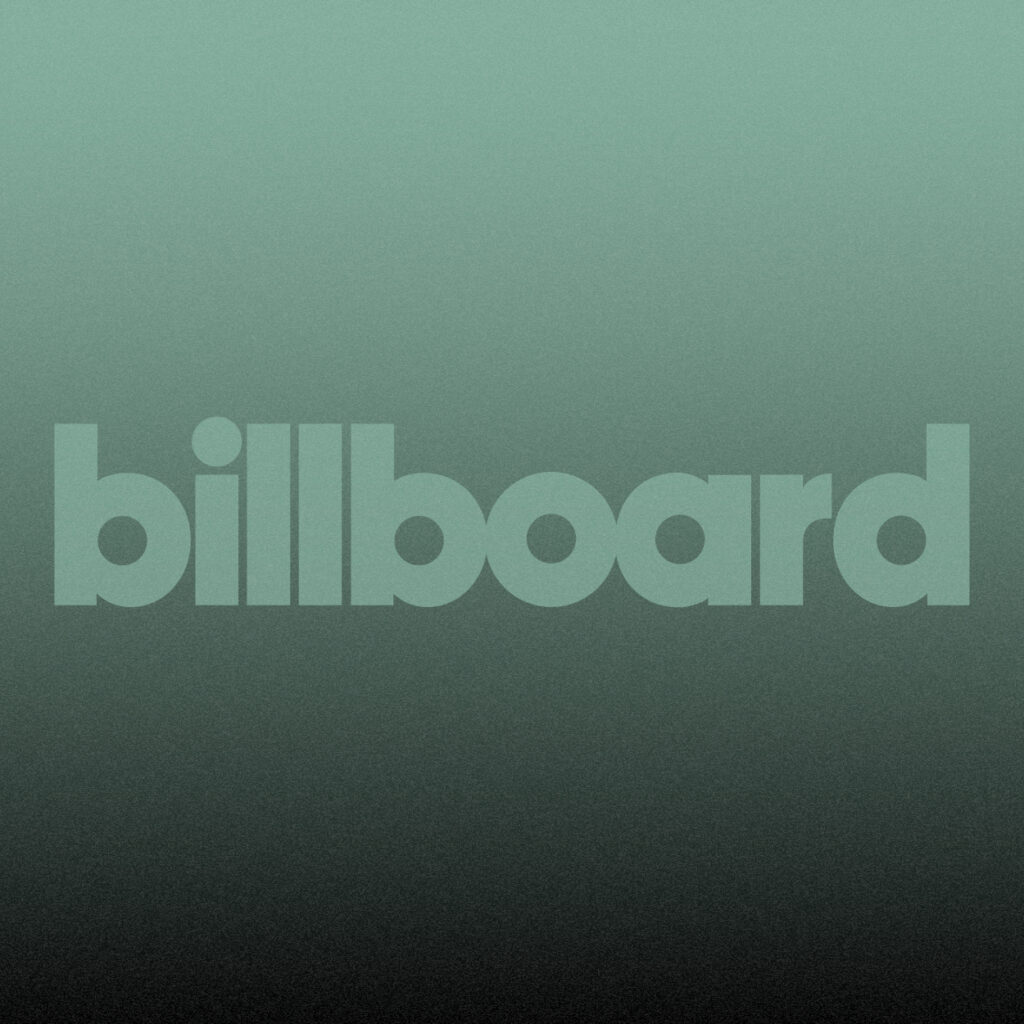Why TikTok Music’s Failure Isn’t Surprising, and What It Says About Today’s Streaming Business
Written by djfrosty on September 27, 2024

News that Bytedance will shut down its 18-month old TikTok Music on-demand music streaming service might have come as a surprise to some people. After all, TikTok has over 1 billion monthly active users globally and singlehandedly redefined music discovery by turning generation of smartphone users onto music-based, short-form videos.
But TikTok Music’s demise was entirely predictable. Building a sustainable on-demand music streaming service is incredibly challenging. The digital music graveyard is littered with streaming products that didn’t last — remember Rdio, Boinc, Guvera, Turntable.fm or SpiralFrog? Not even a well-funded platform from a corporate giant is guaranteed of success. Sony’s Music Unlimited didn’t last. Nor did Microsoft’s Zune. Xiami, founded by Chinese e-commerce giant Alibaba, shut down in 2021 after 12 years.
Bytedance’s uphill road was made more difficult when it took on a different role with TikTok Music. TikTok was an insurgent that built itself without the typical constraints facing typical streaming services. The app created a new use case for music in the same way the download succeeded the CD and streaming succeeded the download. TikTok Music, on the other hand, was constrained by the licensing terms that govern on-demand services.
Trending on Billboard
As a result of those rules, Bytedance built something more like Spotify than TikTok because it didn’t have any other choice, says MIDiA Research’s Mark Mulligan. “TikTok Music had massive potential to be these so many things that didn’t look anything like any other [digital service provider],” he says. “But they still ended up having to make something that looked pretty much like any other streaming service.”
That TikTok Music resembled every other music streaming service was a problem, Mulligan argues, not a solution for a new market entrant. On-demand music has become a well-functioning utility like water service, he explains, but one that doesn’t build communities, drive fandom or create conversion — things TikTok does well and TikTok Music couldn’t. “We all really value the water that comes out of our taps, but we rarely go down to the local bar and talk to our friends about how great the water is that comes from taps,” says Mulligan.
These aren’t just any utility companies TikTok Music has been competing against. Market leader Spotify, with its $76 billion market capitalization, is far smaller than the next three companies, Apple, Google and Amazon. These four companies, and even smaller ones like them, have spent years pouring resources into building products and features that keep people listening to music, podcasts and, in the case of Spotify, audiobooks.
TikTok is great at creating engagement, too, but getting people to listen to full songs is different than feeding them a never-ending series of 15-second video clips, says Vickie Nauman, founder of CrossBorderWorks, a music tech and consulting and advisory firm. “You can’t necessarily translate that to something else.”
Things might be different if TikTok Music could differentiate itself on catalog by offering music not available on other music platforms. That’s how it works with on-demand video streaming. But global music services have, more or less, the same catalogs. Offering the world’s music has long been part of the music subscription service’s value proposition. So, music streaming services instead compete against one another on their user experiences.
On-demand services “had to make [the user experience] so elegant, so intuitive, and really, really customize it to consumers,” Nauman explains. In her experience, people underestimate the difficulty of creating a great product and executing the technology that underpins it. “It’s incredibly challenging,” she says. “Not only the user experience,” she continues, but the technology required to manage many tens of millions of tracks. “I think a lot of companies just really misperceive it.”
Changing consumer habits was always going to be a problem, too. It would be presumptuous to think anybody with a TikTok app would become a TikTok Music subscriber. Not every iPhone owner subscribes to Apple Music even though Apple offers a free trial to new iPhone owners and bundles the music service into a money-saving package, Apple One. Even though Alphabet owns both the Android operating system and YouTube, not every Android Phone owner subscribes to YouTube Music.
“To some extent, I’m not surprised” by TikTok Music’s failure, says MusicWatch principal Russ Crupnick. When MusicWatch surveyed American TikTok users about their interest in a standalone TikTok streaming service, the reaction was “surprisingly low” and “very lukewarm,” he says. (TikTok Music never launched in the U.S.) “Getting most people to switch [subscription services] at this point is a bit of a challenge. You’re more likely to get people to use multiple services.”
In the U.S., self-pay subscribers — not including free trials — have an overage of 2.3 music subscription services, according to MusicWatch. That includes Amazon Prime, which online shoppers buy mainly for free shipping, as well as satellite radio service SiriusXM. Asking people paying for multiple services to pay for one more music subscription plan is a tall order for a newcomer like TikTok Music. What’s more, MusicWatch found that Spotify ranks behind only Amazon Prime in terms of subscriber passion. When the economy gets rough, Spotify users are relatively unlikely to cancel their plans.
Zoom out and the demise of TikTok Music reveals something else about the music streaming market. In 2024, the number of global platforms may have reached a steady state and new entrants are unlikely to appear (and, like TikTok Music, any attempts will be unsuccessful). Experts who spoke with Billboard don’t foresee there being another company with both the funding and the stomach to take on the demands of licensing and administering rights for a huge amount of music.
“We’re at a fork in the road where all of these broad catalog licenses are kind of exhausted,” says Nauman. Gaming companies have the money but don’t need to license entire catalogs, she adds. Fitness companies that had licensed large catalogs now “want simpler solutions.”
If new entrants are going to find success, says Mulligan, it could be in “regional hubs” in which streaming services can license a smaller amount of local music and focus on markets where Western repertoire is less important. In China, for example, a market dominated by local music licensed by local rights owners, Tencent Music Entertainment has 117 million subscribers and Cloud Music had 44.1 million at the end of 2023 (the last figure the company made available). But regional services are being threatened by the bigger global companies. In some populous markets such as India and the Philippines, dominant Western companies have pushed aside local players.
In the end, Bytedance doesn’t need TikTok Music to be an influential force in music. Mulligan thinks it’s possible that the “majority” of music activity — not revenue — will happen on TikTok within three to five years. Younger people want to create, not just consume, he says, and TikTok could become a self-contained ecosystem that captures more of its users’ time — at the expense of the kind of on-demand streaming business that Bytedance is now abandoning.

 State Champ Radio
State Champ Radio 





